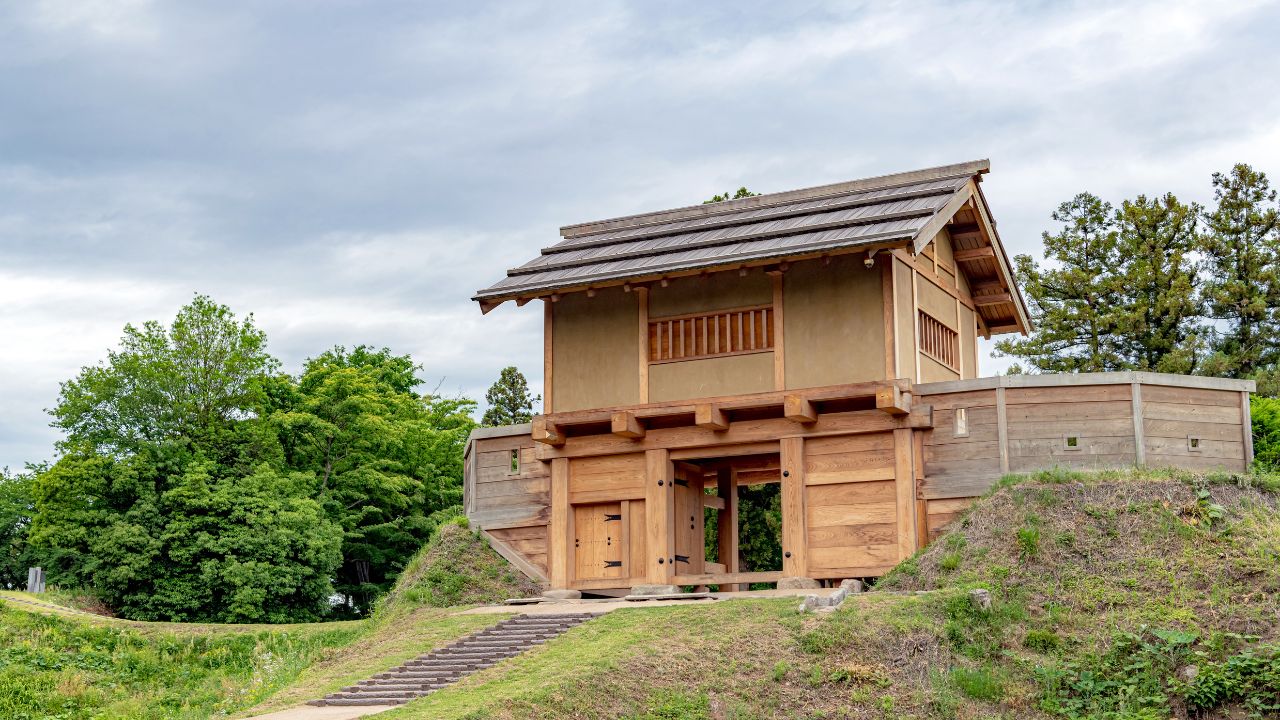As Japan faces a growing number of abandoned homes, known as akiyas, content creators are finding viral fame by buying and renovating these cheap properties.
With an estimated nine million akiyas across Japan, some homes are sold for as little as $19,000 USD, while others in remote areas are even given away for free.
Foreign influencers have popularised these properties on platforms like TikTok, sharing the allure of owning an affordable home in a country beloved by travellers.
Yet, beneath the excitement lies a more complex reality according to the BBC.
Anton, a model-turned-renovator, recently bought a 90-year-old akiya for about $100,000 USD, largely paying for the land since houses in Japan depreciate, becoming nearly worthless after 30 years due to cultural attitudes and strict earthquake regulations.
Japan’s asset bubble burst in the early 1990s and that meant decades of economic stagnation, which kept property prices low.
The mindset now is: why renovate something old when you can buy something new.
“People just leave their homes,” Anton told the BBC, describing how high costs and time-consuming processes make property upkeep unappealing for many Japanese families.
“Fixer-uppers are not popular here as they are in the US or Europe,” largely due to Japan’s non-existent renovation culture.
There’s also an ‘Instagram versus reality’ angle that needs to be addressed.
These content creators are purchasing akiyas, converting them into homes, holiday rentals, or unique properties to showcase online, where they’re attracting millions of followers.
However, the social media trend overlooks key realities: Japan’s ageing population and low immigration rates mean there is little demand for property, even freshly renovated akiyas.
Influencers may not profit much from these homes directly but instead gain popularity by presenting akiyas as an affordable slice of Japan, tapping into the allure of owning a piece of this culturally rich country.
In some rural villages with ageing populations and low birth rates local authorities are even offering akiyas for free to attract newcomers.
For some, like UK-born Sam King and his Tokyo-born wife Nami, buying an akiya was a chance to create a dream home.
“It’s nice to preserve and extend the life of such a beautiful house,” says Sam, though he warns, “Not everything is as it seems on Instagram – you have to look beneath the surface.”
The allure of akiyas lies largely in social media, where influencers gain followers more easily than a viable investment.
While these videos may sell a dream, the reality is complex, with high renovation costs, slow returns, and limited demand beyond the initial social media buzz.
For most, the akiya journey is far more challenging than it appears online.

